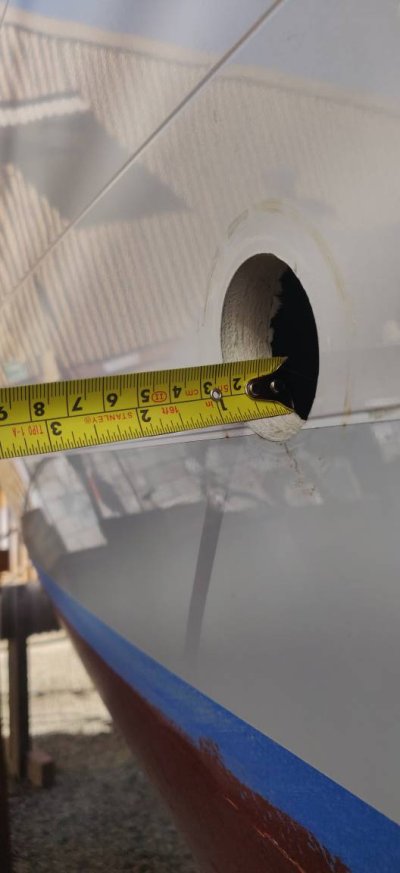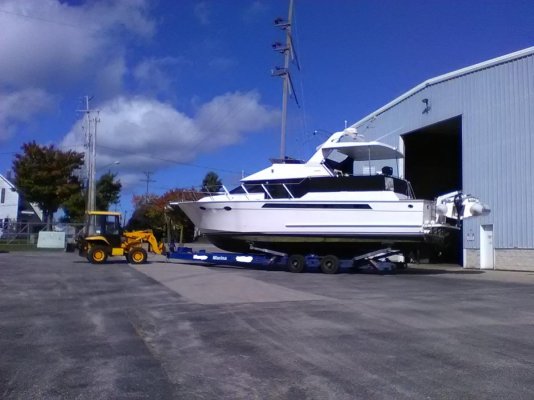mvweebles
Guru
- Joined
- Mar 21, 2019
- Messages
- 7,241
- Location
- United States
- Vessel Name
- Weebles
- Vessel Make
- 1970 Willard 36 Trawler
Not sure of scale on dial calipers. But I just had a thru hull installed. This is about a foot above waterline on side of hull. Looks to be around 3/4 inch solid fiberglass.
As an aside, I'm told that one of the discernable build benefits of a MilSpec builder such as Willard is the hull must be laid up in a continuous layup - a single shift of work. Not sure how true that is, but makes sense.
As an aside, I'm told that one of the discernable build benefits of a MilSpec builder such as Willard is the hull must be laid up in a continuous layup - a single shift of work. Not sure how true that is, but makes sense.


